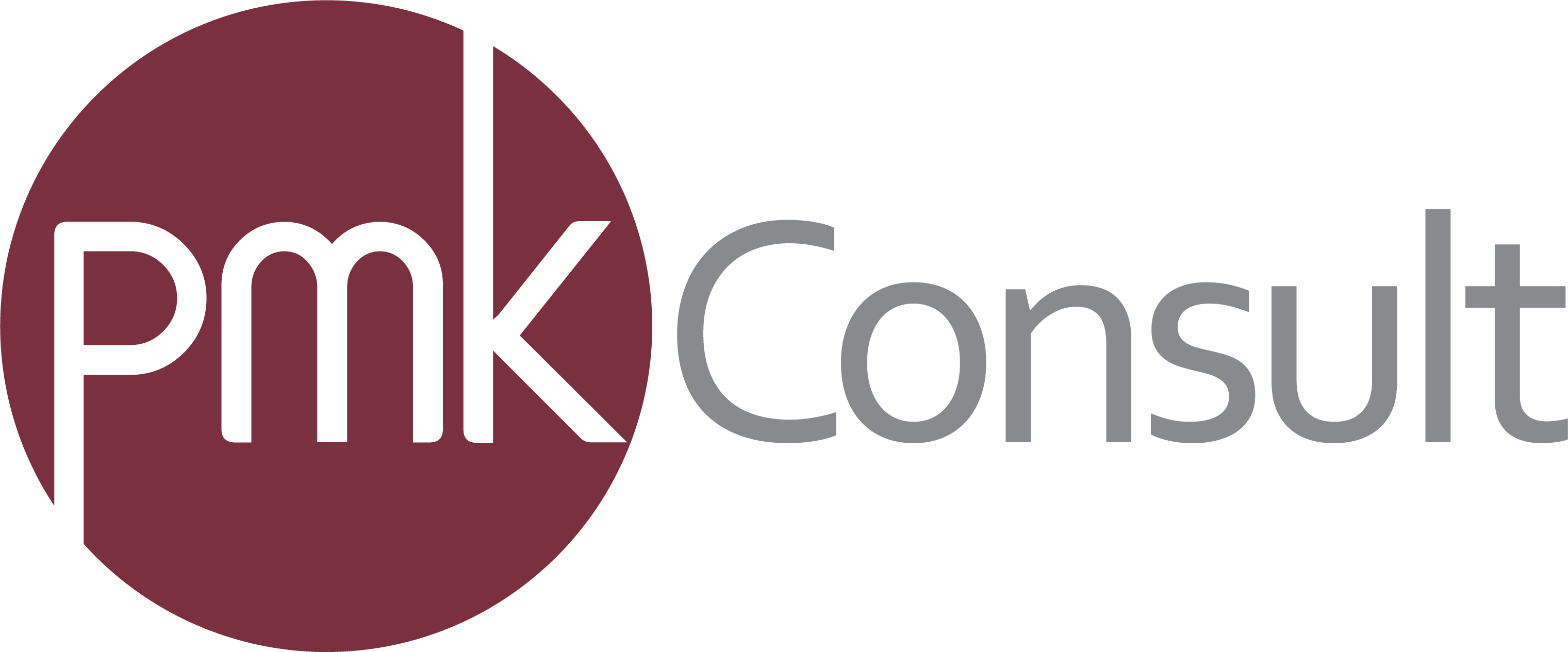Part 2 – When to go the Design and Build ‘route’ vs Traditional
Insights by John Vint, Commercial Director
We are looking at the criteria for choosing which contract to use on your project—traditional or design and build (D&B). In my first article, I inferred that future problems are just as often caused by the wrong choice of procurement route for a particular project rather than inadequacies within the contract itself.
I also mentioned that the consideration is most often centered on the extent to which architectural design, technical design, functionality and performance are fundamental to the success of the building, and consequently, who will take responsibility for the design; the Employer or the Contractor.
Part 1 of my bulletin covered the traditional route in which I concluded that this is better suited to more complex projects on which the project owner needs to maintain control of the design process. I will now explore the D&B procurement route.
D&B PROCUREMENT
Overview
The usual procedure is that the project owner appoints consultants to undertake the preliminary design work. A contractor is then appointed to further develop the design and construct the works. Sometimes, a contractor is appointed from the beginning in which case all of the design work will be carried out by the contractor. This procurement route is based on the principle of moving all design risk away from the client and onto the contractor.
Whether at the end of concept or schematic design stages, the design team can be novated to the contractor, ie. they transfer from working for the client to working for the contractor. This maintains continuity between conceptual and detailed design and leaves the sole responsibility for designing and building the project with the contractor.
By far the most important consideration for D&B to work successfully, is to convey to the contractor:
- Precise design
- Specification
- Programme
- Performance requirements
The ‘Employer’s Requirements’ – requirements from the project owner – should be a standalone document, a very definitive list of design criteria with a heavy emphasis on functionality and performance. I urge all project owners to create well defined project requirements. These should be set out in a concise ‘Employer’s Requirements Document’ (ERD) or similar so that it is easily understood by the contractor. I have experienced situations where this is well established by the project owner and leaves too much room for guesswork by the contractor. Sometimes, I’ve seen this presented as just a letter, which in most cases is significantly too little information to enable the contractor to develop a precise design to meet the project owner’s requirements. Based on my experiences when acting as expert witness, a lack of detail at this stage is by far the main root cause of disputes. As a project and commercial management consultant, we have helped many project owners clearly define their needs to avoid disputes and miscommunications at later stages in the project. It’s far better to tackle this requirement as a consultant rather than an expert witness!
You may be wondering why then with traditional procurement, if the design is so thorough and watertight, would anyone choose D&B? Well, in my opinion, apart from this rarely being the case, the main design advantages of D&B should be sought in achieving operational performance levels rather than aesthetics.
The Pros
- Programme: D&B can be advantageous in terms of time as it allows the overlap of design and construction reducing the overall project delivery time. The project owner has only one point of contact and is also able to engage with the contractor and their design team earlier in the design process.
- Cost: Theoretically, D&B lessens the chances of price increases during the construction work, the contractor having agreed to take on responsibility for the design and construction for a pre-agreed price
- Fees: The pre-contract consultant design fees are less but it must be borne in mind that the contractor will build into his tender the design that he carried out.
The Cons
- Programme: The perceive programme advantage of D&B may be misconceived. The time taken to iron out discrepancies and non-compliant design proposals means that this ‘time’ advantage is rarely realised.
- Maintaining Specification: As the contractor is responsible for the design, he may make cost savings that can impact on quality for instance by exploiting a specification that is open to interpretation.
- Cost: You will potentially pay more for your project for the benefit of higher cost certainty as the contractor assumes a higher level of risk than with traditional procurement. But this needn’t be the case and indeed reversed if all the correct measures are made such as a watertight performance specification within a comprehensive ERD and avoiding client instigated changes.
- Contractor Selection: Choose your contractor carefully. Those that fully understand D&B are in my opinion few and far between.
GUARANTEED MAXIMUM PRICE
Another way of countering any disbenefit resulting from the higher level of contractor’s risk on D&B procured projects is Guarantee Maximum Price (GMP).
The GMP principle can take many forms, but it rarely completely guarantees a maximum price. The most commonly used system is one of ‘pain and gain share’ whereby the work is divided into packages and additional costs and cost savings for each package is shared in pre-agreed proportions by the Employer and the Contractor.
The proportions are usually fairly even with, for instance, the Employer and Contract sharing 50% each. This means that there is an incentive for the contractor to mitigate additional costs because he will bear 50% of these. There is also an incentive to instigate savings because he will benefit from 50% of these. We have sometimes experienced a more zealous approach; the percentages being 80/20% in favour of the project owner. However, in my opinion, this creates additional risk for the contractor which would be allowed for in his tender.
SUMMARY
The traditional and D&B procurement routes have varying levels of pros and cons and it is important that these are fully understood in order to make an informed decision as to which one to take.
In my experience, D&B is often chosen solely because of the advantages it brings, the disadvantages often just ignored.
At one end of the scale, simple projects such as light industrial units present little risk and moving this risk to the Contractor under D&B may not result in additional cost and there will certainly be programme benefits. Conversely, hospitals are designed to very defined and complex specification and performance requirements and the D&B procurement route would be wholly inappropriate.
The usual perception is that with D&B, most of the risk is moved to the contractor. Whilst this is definitely the case on paper, the consequences of what little risk the client carries can be severe and arguably more so than with traditional procurement. There are many mechanisms that can be applied to temper the risks of D&B but in its purest form, D&B should be used with caution. However, if this route is followed, pre-emptive measures should be implemented to remove the disadvantages thereby maintaining a high level of cost certainty, avoiding additional costs, achieving all operational and performance targets and maximising your investment.
Read the Part 1 of this blog here.


